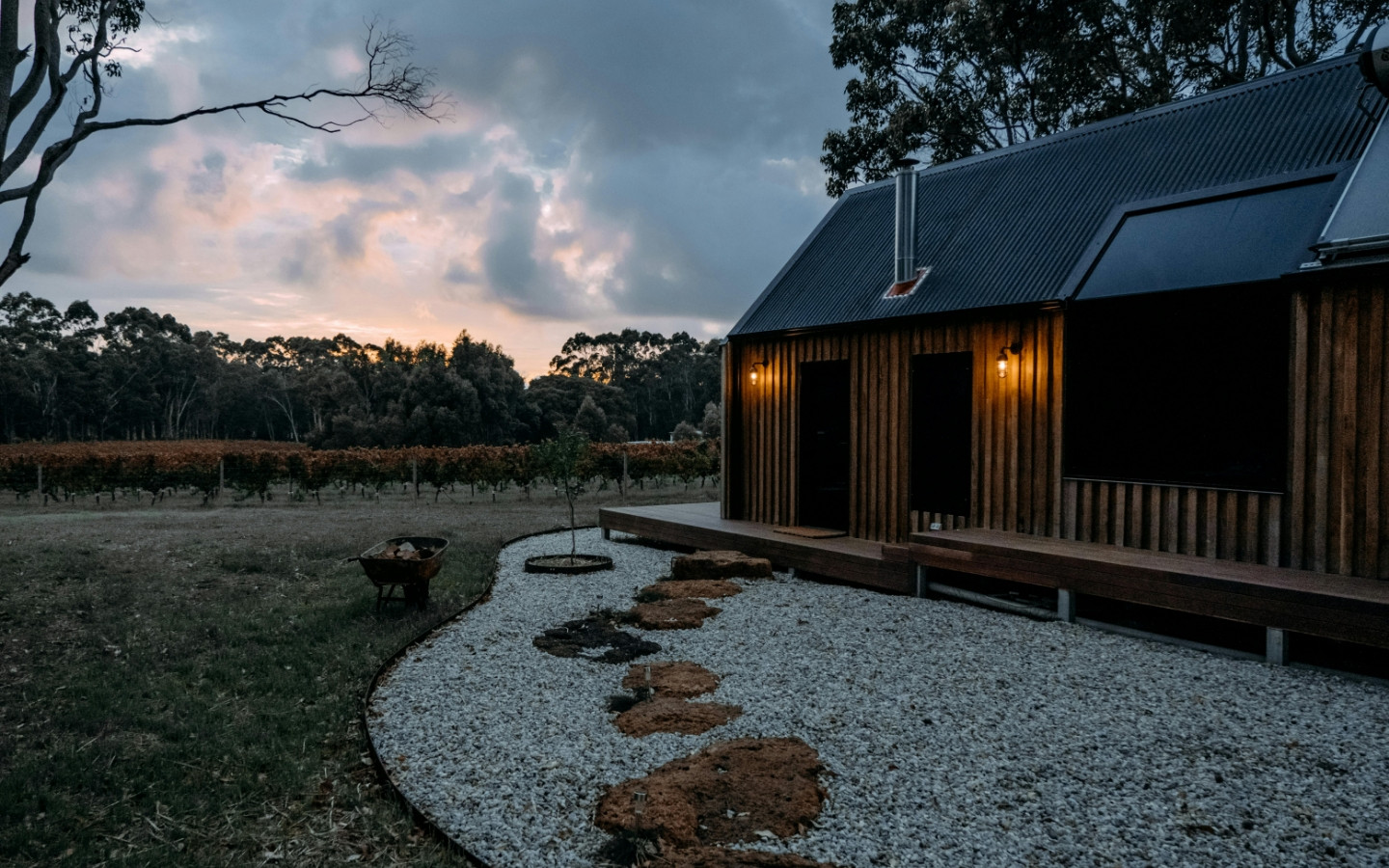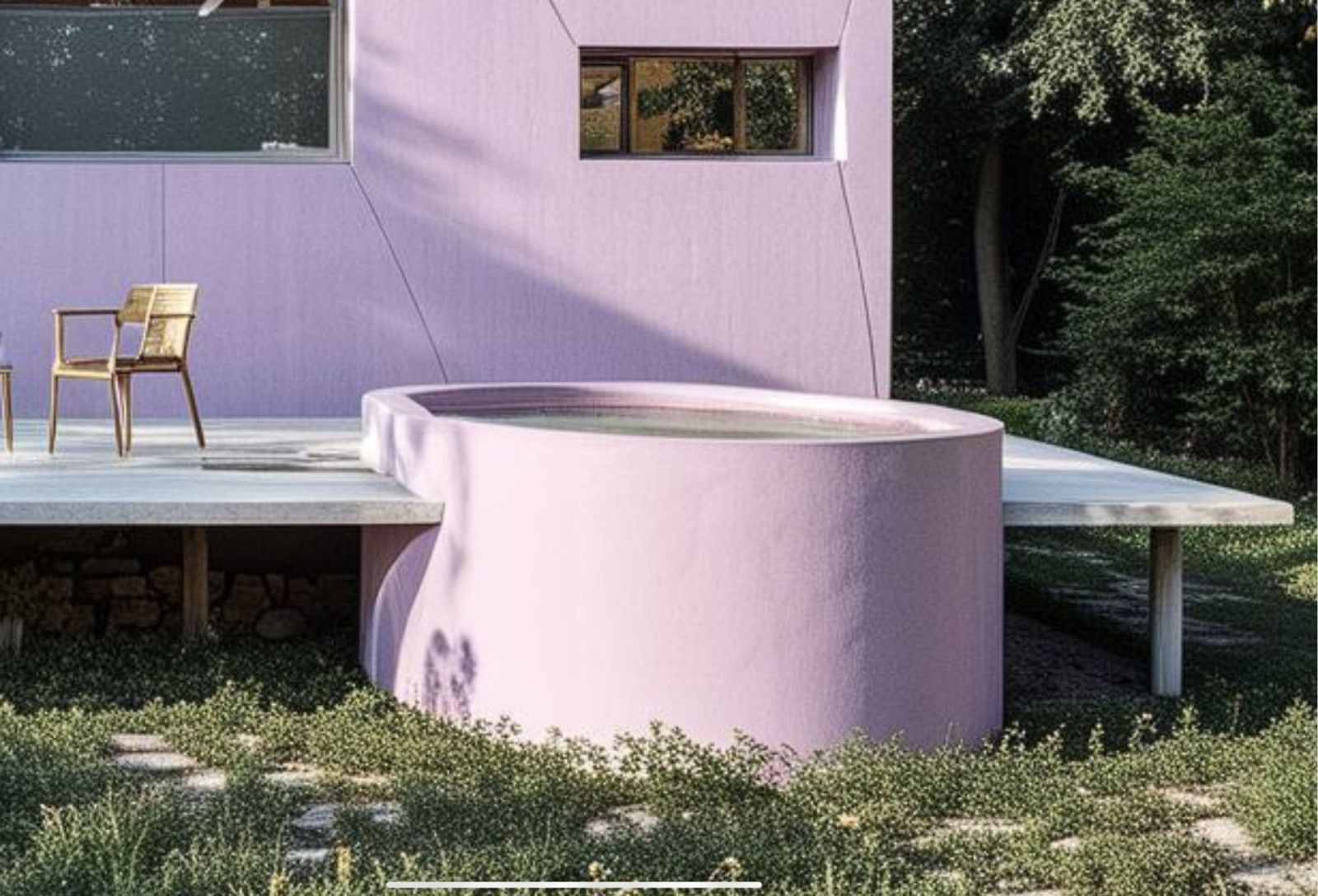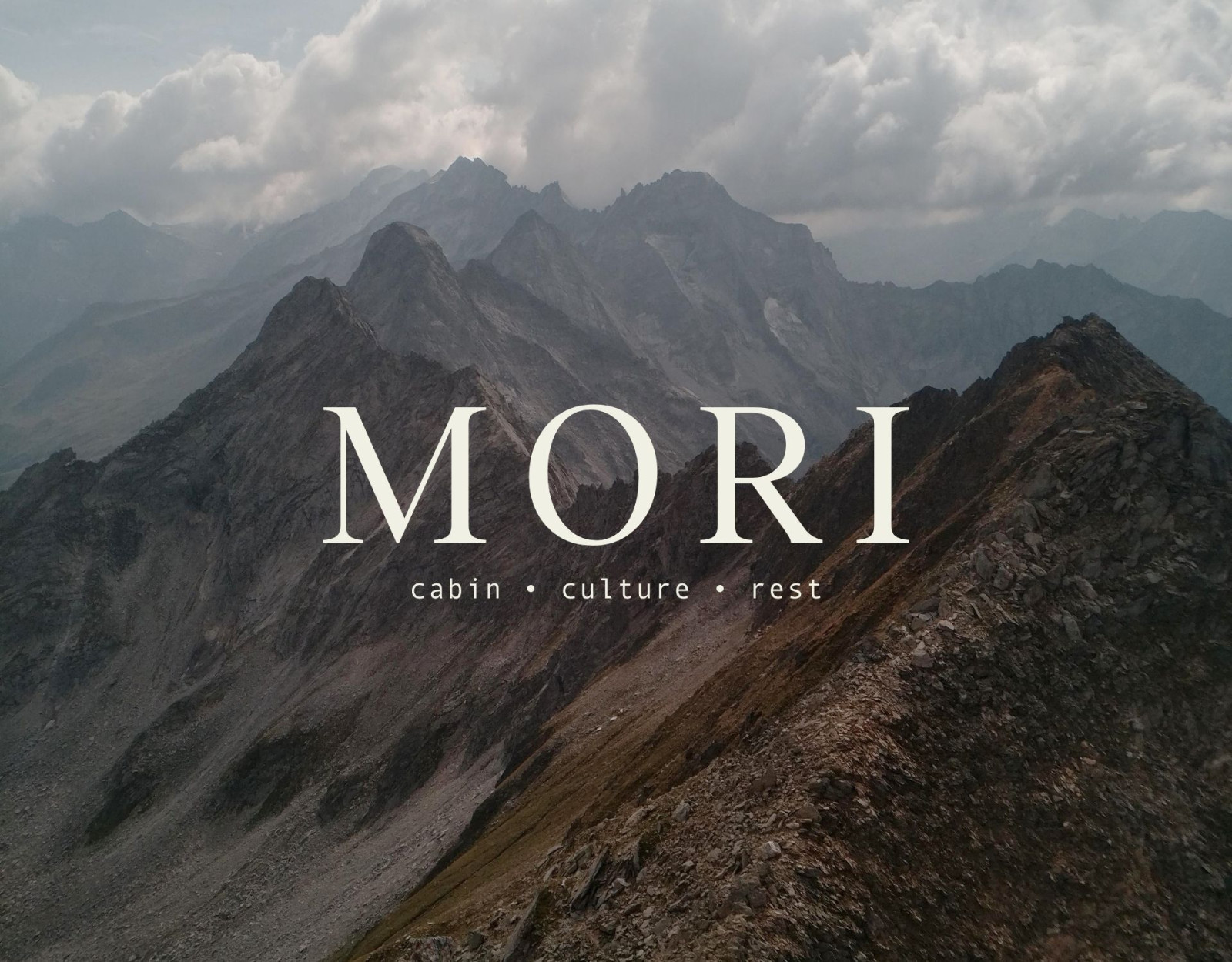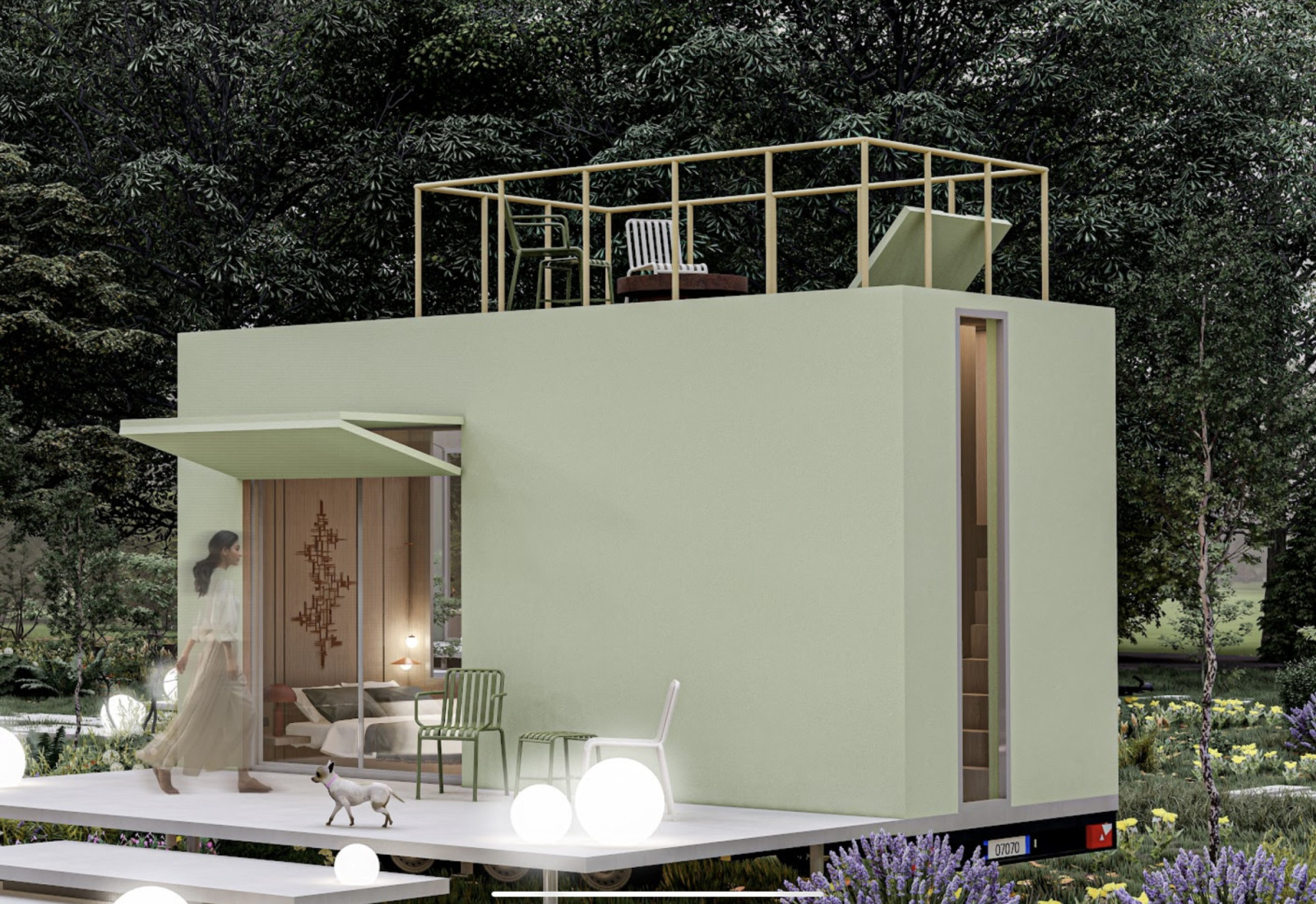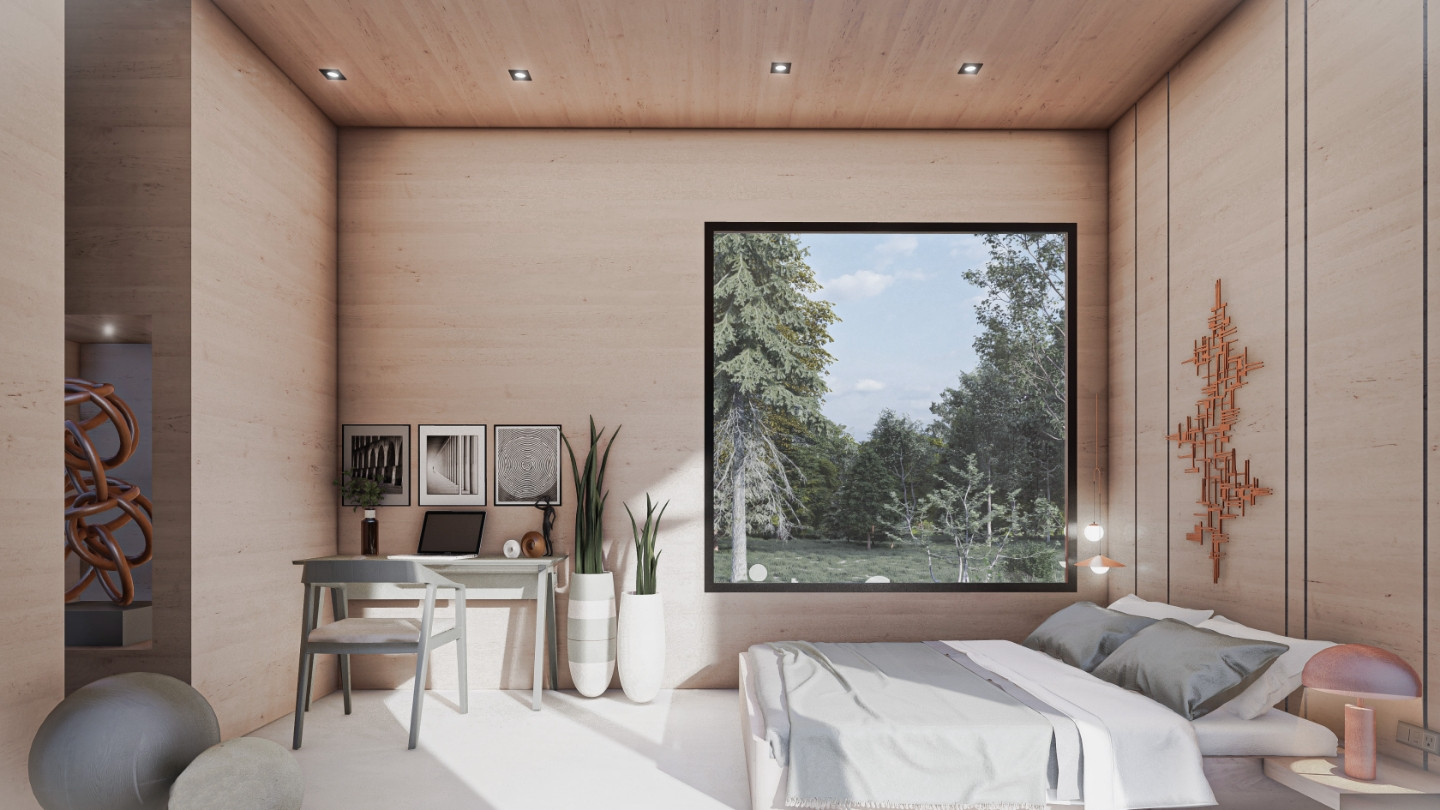The spaces we live in are not neutral. They either soften our breath, or tighten our jaw.
In a world designed for speed, most architecture demands performance. Open floor plans, harsh lighting, overstimulation masked as “modernity.”
But your nervous system was never built for this.
It evolved to survive in nature - among trees, near fire, in environments that change with the seasons. Spaces that have rhythm. That grow and rest.
Not rigid, but not chaotic either. Simply alive and responsive.

Unsplash, Mojahid Mottakin
Today, neuroscience and somatic studies confirm what many traditional cultures have long known: design affects the nervous system. But design is not just about what is built, it's about how life is arranged within it. And simply it has two layers:
- What is Given: The structure, flow, materiality, and light — the architected bones of the room.
- What We Bring: The objects, textures, and rituals we layer onto the space. And perhaps more importantly — how much we bring. The nervous system doesn’t crave more. It craves meaning, coherence, rhythm.The Hidden Language of Space
- Are the textures familiar or synthetic?
- Is the light warm and rhythmic, or glaring and constant?
- Can I see a tree? Can I hear myself think?
- Does this space remind me of where I come from?
- the softness or sharpness of surfaces
- the temperature and movement of air
- the rhythm of natural light
- the number of objects in view
This is why every room holds multiple conversations where your nervous system is always listening, quietly asking:
What we often call aesthetic is actually somatic. Your nervous system is constantly scanning your environment. In neuroscience, this is called neuroception, the body's unconscious search for cues of safety. It takes in micro stimuli:
When those signals suggest safety, such as warmth, clarity, and familiarity, the body shifts into its parasympathetic state. This is where rest, digestion, and healing happen.
You feel calm. Present. You breathe deeper. You want to stay longer. Return more often.
And it is rarely just one element. It is not the sofa, the scent, or the view alone. It is the full experience of sensory coherence. Everything in the space, and the way it has been arranged, supports your regulation.

She gladly sees, Unsplash
Design is not only ruled by formulas. Design is often an intuitive process, guided by the quiet intelligence of the one who creates. But there are principles supported by science and experience that help calm the body through sensory intelligence.
- Natural Materials: Oiled wood, wool, stone, linen — textures that ground and breathe with you. Your body relaxes in the presence of the real.
- Light Rhythm: East facing windows, layered soft lighting, candles in the evening. Mimic the arc of the sun — the original nervous system guide.
- Visual Simplicity: Clarity is not minimalism — it’s mercy. Fewer objects, clearer lines, spaces that know when to pause.
- Acoustic Quiet: Soundproofing, soft surfaces, quiet corners. The absence of noise is a design choice — not an accident.
- Biophilic Anchors: A tree through the window. Clay walls that smell of earth. The nervous system remembers. Eyes always want to reach to the nearest possible Nature.
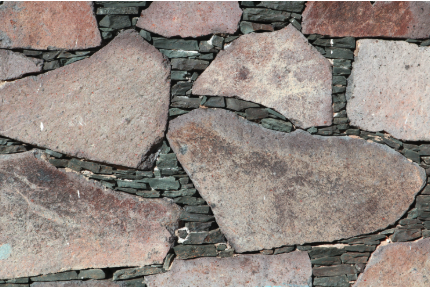
Unsplash, Hansel Gonzalez
Deep Design: Touch, Smell, and Spatial Flow
Some spaces invite touch. Others do not.
That invitation is not random, it is embedded in the composition. Scale, level, texture, positioning, and light all communicate a message. Together, they signal: you are welcome here, or you are not.
- Windows: Frame nature like a painting. Let light move, not dominate.
- Touch: Raw textures — like troweled plaster or untreated wood — communicate shelter.
- Smell: The faint sweetness of beeswax or fresh-cut pine is ancestral regulation.
- Composition: Favor intuitive flow, soft transitions, and negative space. Every element should have room to breathe.
What Feels Like an Exhale
What in your space feels calming to touch? What do you smell when you walk in: wood, fabric, or cleaning products? What kind of light is in the room right now? Is it soft or harsh?
Many of us live under lighting that keeps the body slightly tense. Bright, cool, and constant. Because it is so common in workspaces and public buildings, we rarely question it.
But the nervous system notices.
It responds best to spaces that support the body’s natural rhythm. This includes light that changes throughout the day. It signals when to focus and when to slow down. This is part of your circadian rhythm. It is the body's internal clock.
When we design with that rhythm in mind, we are not just improving our space. We are improving how we feel in it.

Milind Bedwa
Start with your own space. Observe how it affects your focus, your rest, your breath. What adds to your clarity? What creates friction?
If you are not sure where to begin, I’ve created a simple, visual guide to help.
👉 [The Mori Guide to the Art of Less and Decluttering] It offers a gentle, design-minded approach to reducing sensory noise and creating more space for regulation and calm.
This work is part of an ongoing exploration of how sensory design, land, and nature intelligence shape the way we feel in the places we live and work.
And if you want to explore further, I share monthly reflections on intentional living, sensory design, and nature intelligence here: Mori Letters on Substack.
These are invitations to design more consciously not just for how your space looks, but for how it feels to live there. This is part of what we explore at Mori Cabin — through spaces, writing, and tools that reconnect us with design that feels like home to the body.
For those who want to explore the science behind these ideas:
- Esther Sternberg, MD - Healing Spaces TED Talk: Watch on YouTube
- Exploring the Concept of Healing Spaces
- Your Brain on Art — Interview on neuroaesthetics: NPR conversation
- Art and Creative Life in your Cabin
Image Credits:
Unsplash: Mojahid Mottakin, Ty Williams, Hansel Gonzalez, She gladly sees, Milind Bedwa.
